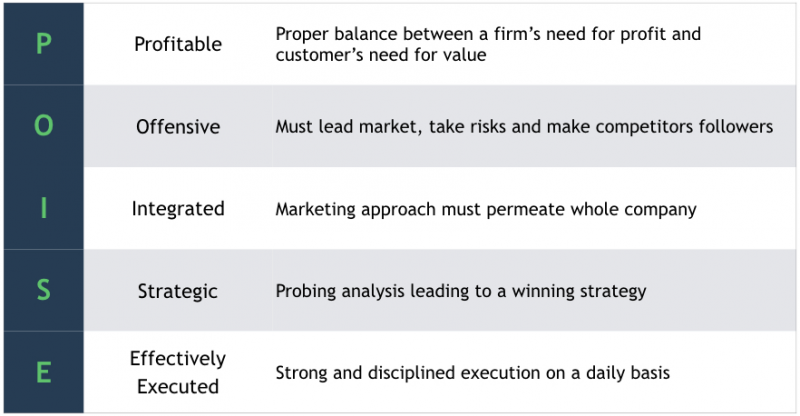When I first started working on NRM it was called ‘SRM’, standing for Strategic Revenue Management. The more companies I talk to today the more I believe this was the right name. It captures the ‘strategic growth mindset’ needed for effective revenue management.
A common problem with NRM is that there is too much focus on spend optimisation and not enough focus on pricing leadership and profitable growth. Don’t get me wrong, optimisation is OK if that delivers your targets. However, if you have more ambitious targets, then it is not enough.
It is time to put the ‘S’ back in front of Revenue Management and focus on profitable growth.
If the ‘optimisation’ mindset to RM has been bugging you too, please read on.
How do you approach RM with a ‘strategic growth mindset’ in your organisation?
For me this starts with your brand growth strategy led by your Marketing Team. Often, you may find marketing running for the hills when they hear the words Revenue Management. So, this may require time to educate your organisation on what SRM is truly about and who does what in the delivery of SRM.
Once you explain that revenue management is grounded in understanding your consumer needs, then the marketing community will see that they have a central role to play.
Regardless, ‘profitable growth’ should be at the heart of marketing. This was captured by OxfordSM’s founder Hugh Davidson in his book ‘Offensive Marketing’ published in 1972, and his second book ‘Even more Offensive Marketing’ published in 1997. Hugh outlined five key principles of Offensive Marketing – Profitable, Offensive, Integrated, Strategic, Effectively Executed as summarised in the mnemonic POISE (see table below).
These principles remain relevant today.

SRM is really about the P, the S and the E in POISE. Starting with the probing analysis that can lead to a winning strategy, ensuring a ‘proper balance between a firm’s need for profit and customer’s need for value, effectively executed with strong and disciplined execution.
In summary, SRM thinking and analysis should be a powerful enabler to inform the development of the Brand Growth Strategy.
Then the baton pass becomes easier…
My tip? Make sure your marketing teams have a feedback loop wired in with local teams at the right time.
At some point there will be a baton pass from marketing to the local commercial operating team to execute the growth initiatives in the Brand Strategy. You’ll find this baton pass easier if the local teams understand how each of your brand growth initiatives delivers profitable growth for you and their customers thanks to a winning proposition priced appropriately for the shopper.
One watch-out here is not to drop the baton, because no one in the design phase understood the value chain.
My tip? Make sure your marketing teams have a feedback loop wired in with local teams at the right time to understand this. If not, you may come up with great new products priced competitively for the end consumer but face rejection by retailers because they don’t feel sufficiently rewarded.
Thinking through your channel strategy and linkage to your price pack architecture in your design phase will help to make sure that your recommended pricing strategy is delivering the right price points for shoppers where ever they decide to buy as well as delivering appropriate value for your retail customers. It is much easier to bake this in to your design upfront, then revisiting this when manufacturing and packaging development is too far down the tracks.
If you’ve found this helpful and you want to establish the ‘S’ in your approach to revenue management, please get in touch with me - annaliese.reekie@oxfordsm.com.
No Comments Yet
Let us know what you think